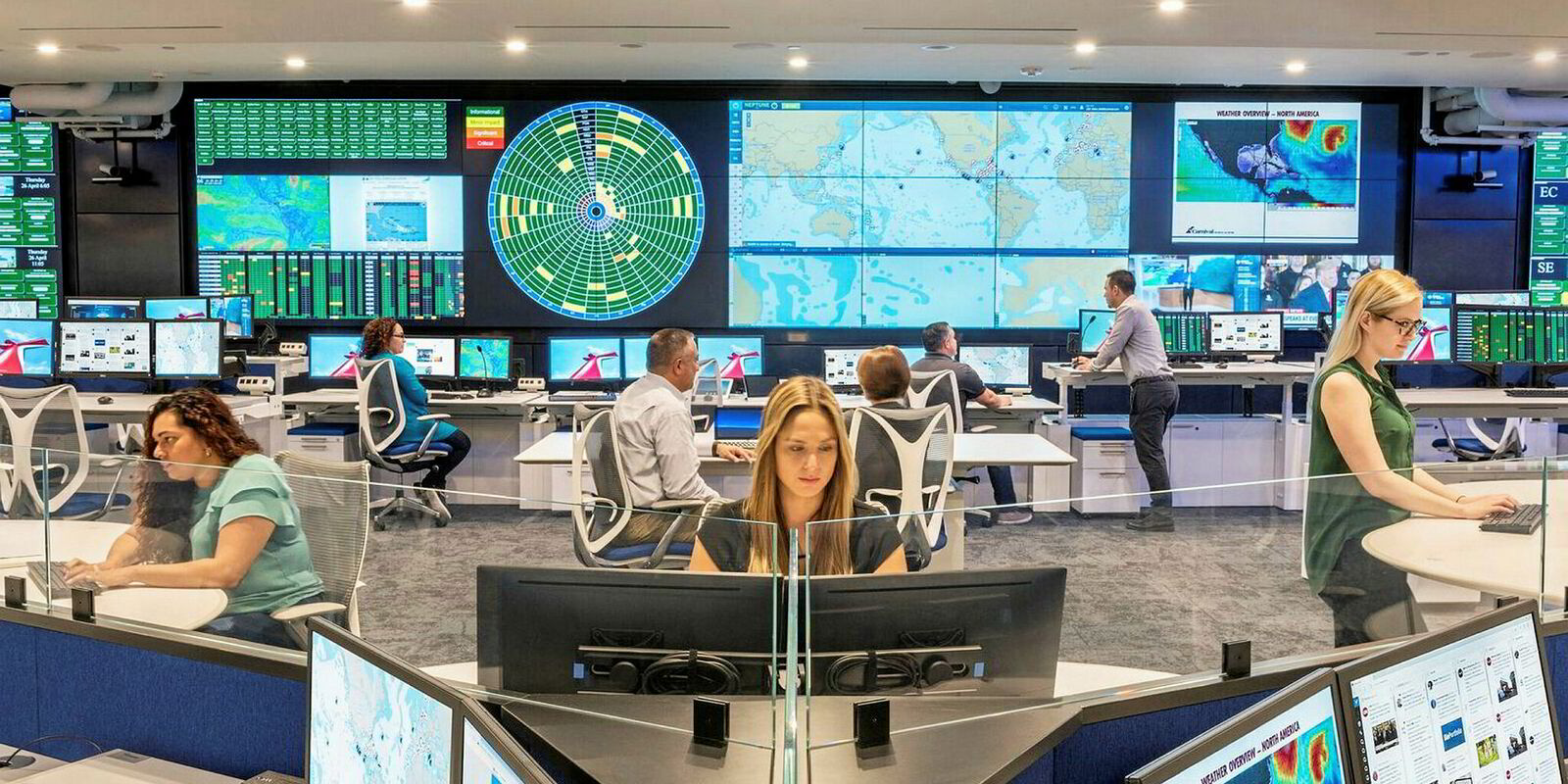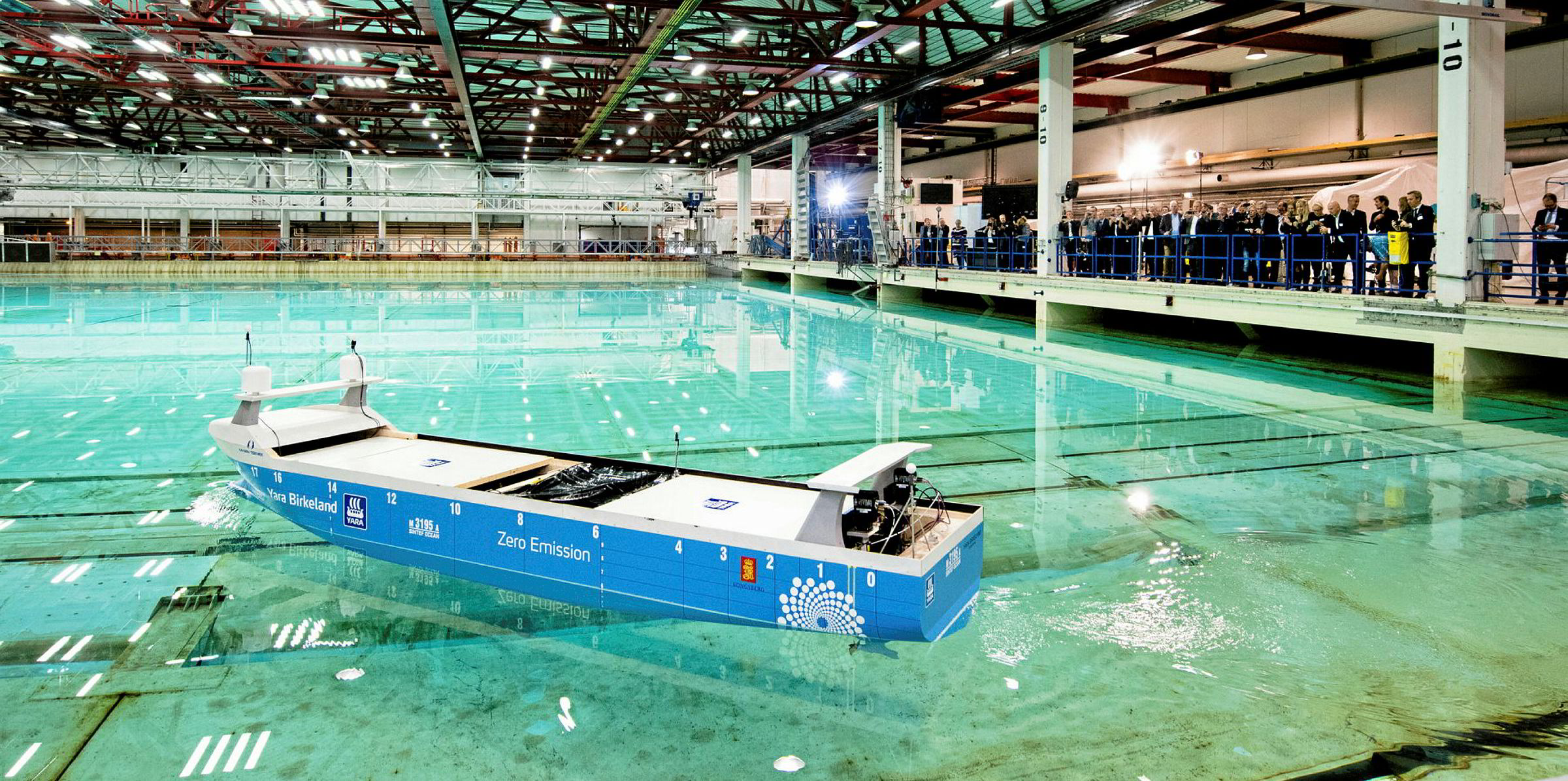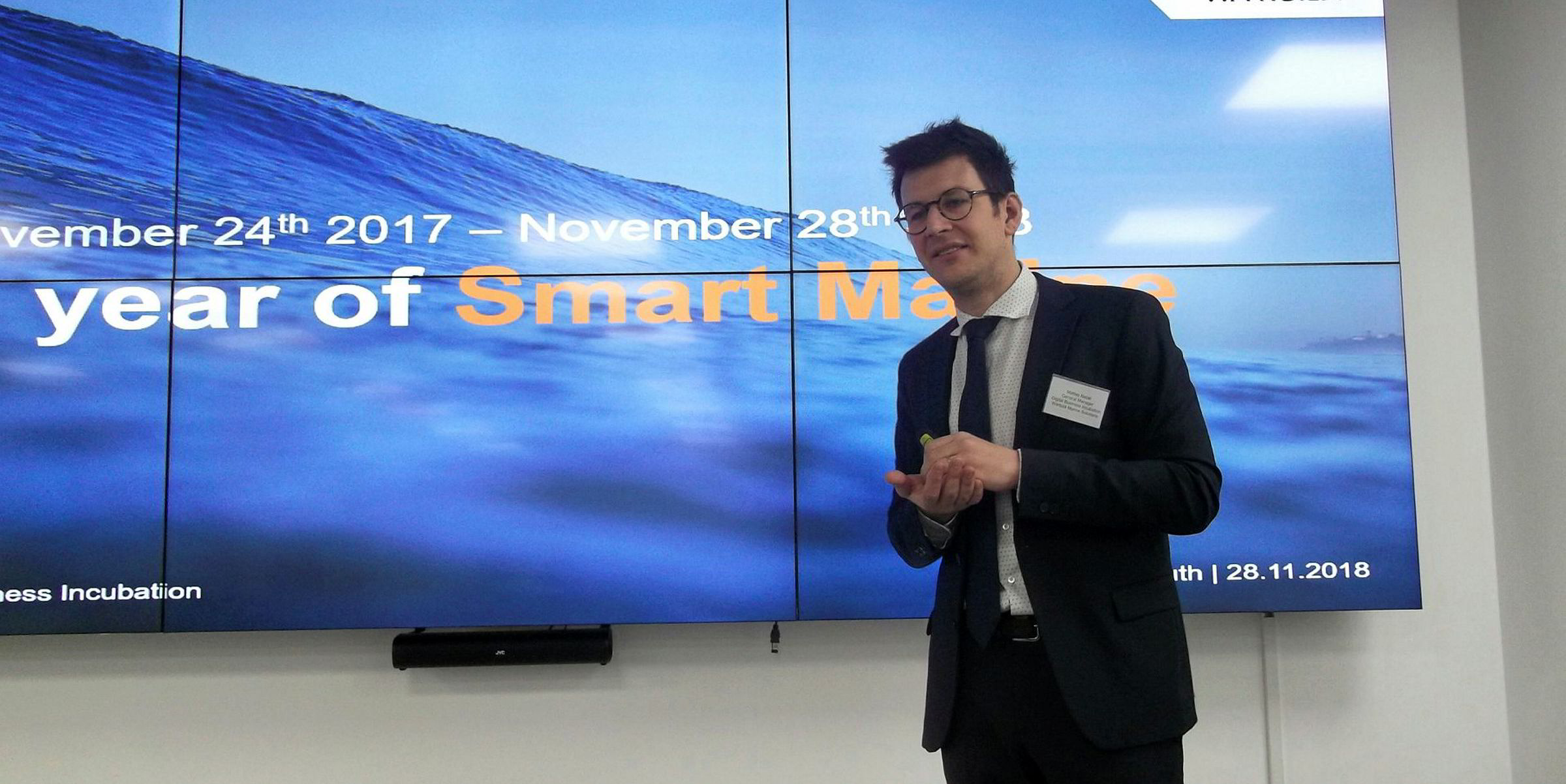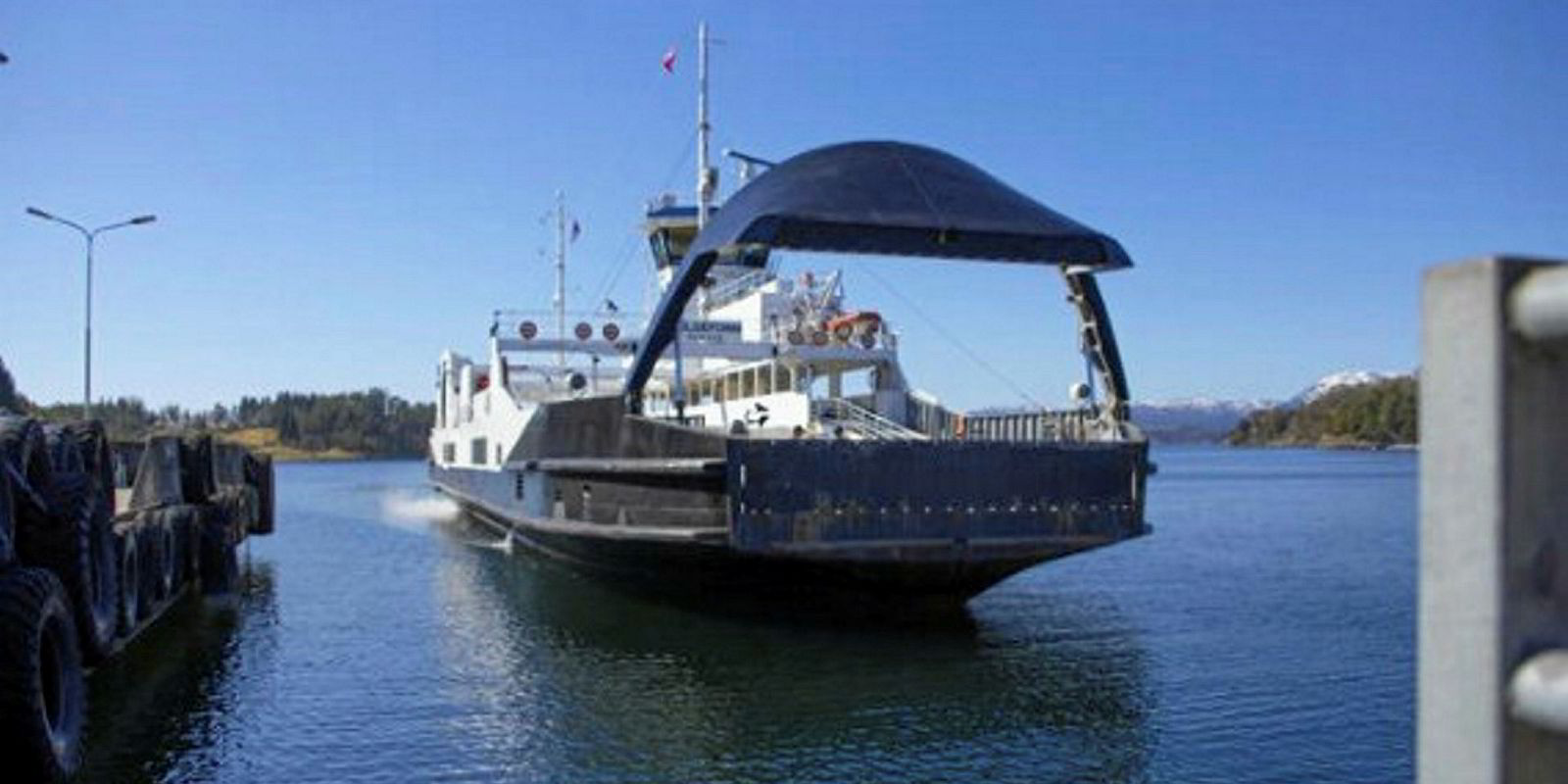The cruiseship of tomorrow may be unrecognisable compared to today's floating palaces as the industry turns to digital technology to advance ship design and vessel operations.
Shipyards are producing "digital twins" of planned ships on which to test various designs, passenger loads and weather variables before investing in 3D scale models, says Vesa Marttinen, Wartsila's director of cruise and ferry.
"Today, we have traditional design tools for design itself and risk-based modelling tools that market actors have created in-house," he says. "So far, we have not really seen a digital model linking operation and design."
"This will be the next big thing passengership design and development will see in the near future."
He says digital design firms such as AutoCAD, Napa, Tribon and AVEVA are developing traditional design tools, while shipyards, design offices and marine technology companies have set up risk-based models.
"In the future the development will be done by actors who have true life-cycle approach, such as involvement in all phases, from cradle to grave," he adds.
The programmes are costly to develop and have high subscription costs but start-ups and corporations want to back them partly because they can factor in passenger impact, he says.
"It is a question of simulating the flow of people at different times of the day," Marttinen says.
"That, combined with business models simulating onboard revenue sources and other factors, can give scenarios on what makes the best design."
He says digital capability allows for more design alternatives while fostering rational decisions — way before a 3D concept is even considered.
"In the old system, a lot of decisions were based on experience and industry insight," he says. "Now we start to have opportunities to see beyond that and simulate the future behaviour."
Operations enter the digital sphere
Many of today's cruiseships have begun to digitise a variety of onboard functions, from navigation and data analytics for the crew to activity offering and payment for passengers, Marttinen says.
"A lot of this is driven by operators and owners with marine technology companies and start-ups supporting them," he says.
"As we can learn from other industries, the next phase will be standardisation of the data and its usage, when business potential will increase and different actors will take their role in this ecosystem."
For example, Arnold Donald-led Carnival Corp has a new fleet operations centre (FOC) in Miami to monitor Carnival Cruise Lines' 26 ships, and two other FOCs in Seattle and Hamburg.
The 35,000-square-foot (3,251-square metre) Miami installation, completed in May, is staffed with 146 employees, has 57 HD screens and the ability to track Carnival's entire fleet of 106 vessels.
"This allows us to not only closely monitor our ships but also our engines and other equipment remotely," chief communications officer Roger Frizzell says.
"We also have constructed a world-class training center in the Netherlands that includes high-tech digital simulators for our officers and crew to train together in real-life situations."
In addition, the company has developed a complimentary wearable device — Ocean Medallion — that allows Princess Cruise passengers to, among other things, unlock their cabins and track other passengers and itineraries.
Keeping an eye on cyber risks
While digital technology does enhance operations and guest experience, it also requires everyone — the crew, passengers and shipowner — to be vigilant against cyber-attacks, Frizzell says.
"It is the unknown unknowns," he says, explaining that the pay off is worth it.
"These vessels will be safer, more secure, having lower environmental impact and passengers are getting better experience with more value."
This article is part of the Shipping's Digital Future business focus. Read the full report in our next weekly edition.






